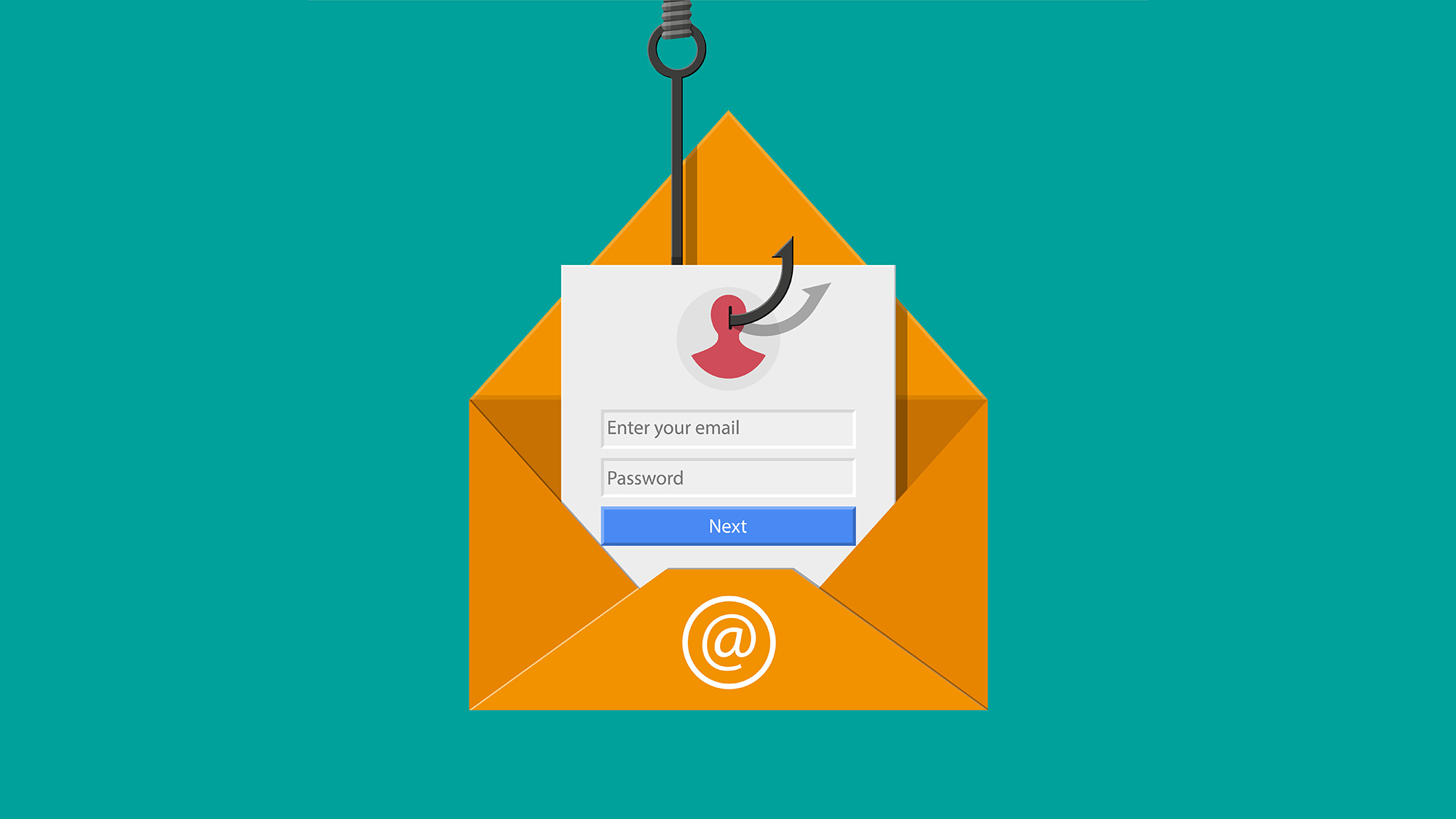How to recognize and avoid phishing scams
Phishing is one of the most used attacks by cyber criminals who want to gain personal data, banking credentials, and user accounts. Phishing is not a new threat, in fact it has been used for a long time, however, victims of this type of attack are still on the rise. In this article we are going to explain … Read more


